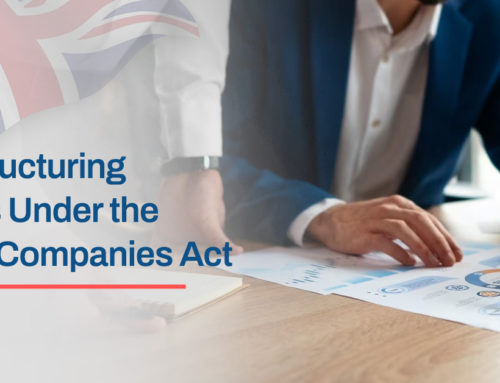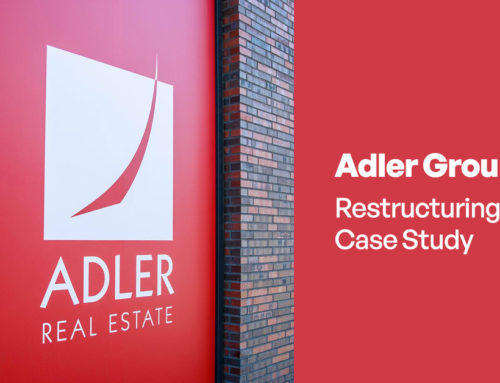Insolvency for any company is a stressful period. When a private limited company enters into an insolvency situation, the directors are not only responsible to the creditors of the company. They are also responsible to the shareholders. When there are no funds to pay the preferred shareholders when their shares are redeemed, they become creditors of the company.
What are preference shares?
There are two different types of limited company shareholders – preference shareholders and ordinary shareholders. Ordinary shareholders who have invested in a limited company are issued with what are called ‘common stock’ shares. However, those that are issued with preference shares get what is called ‘preferred stock’. In general, it is only larger limited companies that issue preference shares and usually to outside investors.
Whilst both types of shareholders own a portion of the company and receive a dividend, the shareholders’ rights and privileges are different. Surprisingly, preference shareholders are not allowed to vote at shareholder meetings. This means that when it comes to key decisions, such as entering into insolvency procedure, they have no say in what happens but they do become creditors of the company.
Differences between preference shareholders and ordinary shareholders
Investing in a company as a preferred shareholder is less risky than being an ordinary shareholder as the dividend is fixed and is not linked to the company’s performance. So, if the company is experiencing a downturn in business, the preferred shareholders will still receive their dividend. That said, should the company become successful, their dividend will not increase.
Although preference shareholders receive a fixed dividend, there is no guarantee they will actually receive it regularly. If the company is having financial difficulties, other shareholders may vote against dividends being paid out. However, in all cases of dividends being paid, preferred shareholders must be paid before ordinary shareholders. This is the same if a company is insolvent and enters liquidation.
With preference shares, a company may issue redeemable shares. These types of shares enable shareholders to return their shares to the company, i.e. redeem their initial investment. This is a favoured option if a company plans to buy back the shares at some point in the future.
In normal circumstances, shareholders are not able to demand a return on their investment unless their company enters liquidation, in which case they become creditors of the company. The same applies to the company; they are not entitled to force shareholders to sell their shares back to the company.
Rights of preference shareholders
Whilst preference shareholders don’t have voting rights, they do have the advantage in that they will receive their dividends, if they’re being paid out, before ordinary shareholders. This applies whether the company is successful or insolvent and entering a liquidation process.
Dividends are often lower but are fixed at an agreed amount, making it a less risky investment. However, if the company is successful over a period of time, their dividend does not increase in line with the company’s increasing profits.
Should a company decide not to pay out dividends, i.e. if they are struggling financially, both types of shareholders won’t receive their dividends. What dividend the shareholder receives in the future is dependent on the type of preference shares they have, which are cumulative and non-cumulative preference shares.
- Cumulative preference shares – in the case of missed dividends, if cumulative preference shares are held, the dividend that should have been received will roll over to the next scheduled dividend date. At this point, the preference shareholder will receive both dividends, if the company is by that point paying dividends. If not, both amounts will be rolled over to the next scheduled dividend date.
- Non-cumulative preference shares – if the company decides not to make dividend payments for a period of time, the dividend that should have been paid to the preference shareholder will not be paid at all. The preference shareholder will lose that dividend entirely.
What happens to preference shareholders in a company liquidation?
When an insolvent company enters into a liquidation process, all shareholders become creditors of the company. However, a benefit of being a preference shareholder is that whilst other secured creditors are paid first out of any realised company assets, preference shareholders are paid before ordinary shareholders. This can only happen if there are sufficient funds remaining.
It’s important to note that what happens to those holding shares in a liquidated company should be set out in the shareholders agreement. For example, should a company sell off their major assets or the company changes ownership and all the shares are bought by the new company, such as an administration process, the process must be defined in the agreement. This is known as a liquidation preference provision and reduces the risk for those who hold preference shares in a company.
In addition to this, most shareholder agreements contain a liquidation preference clause that determines how the realised assets of a company being liquidated should be portioned out. This could be in the form of a capped payment to ensure that both preference and ordinary shareholders receive a portion of any funds.
Another way of defining the different preference shares is to assign them to classes. Companies are then able to give a liquidation preference to shareholders in a specific class. However, should the liquidation procedure result in converting one class of shares to another, the shareholders may be required to accept their return in two stages, known as secondary or tertiary ‘dips’. These dips will mean that the realised assets ‘pot’ will be reduced.
Being a preference shareholder in a liquidated company may not always result in having to walk away with no return on investment. It all depends on the level of funds available when the company’s assets have been realised, and the shareholder’s rights agreed in the shareholder agreement.

If your business is struggling with debts or you are thinking of winding up a solvent company voluntarily, the first step is to seek professional advice. Our highly experienced professionals at Leading are on hand to help and advise on the process.






